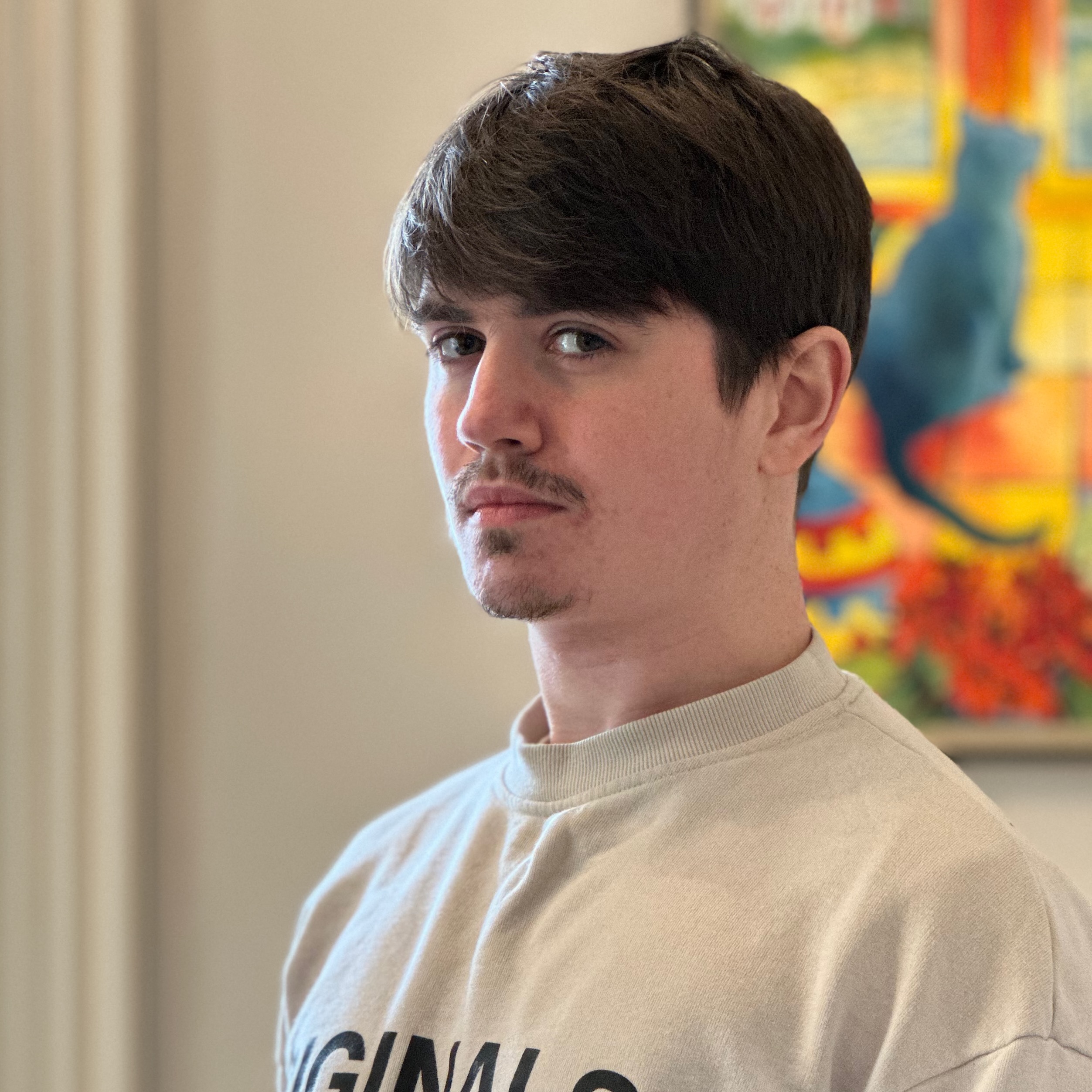InterlinkAlg
A colleague of mine presented me with the following issue from a collection of DNA codes.
Let a DNA code be denoted an alphabetic character. Suppose there is a dictionary containing a sequence of DNA codes.
dictionary = ["A", "AB", "B", "BC", "C", "D", "CH", "E", "F", "EFG", "G", "FG", "H"]
Informally, we want to group together all DNA codes that corresponds with another code in the same sequence AS WELL as any other sequence in the dictionary. This will produce a set of sets called the identifiers set - a set of the different groups that correspond with each other’s code.
The result should be:
dictionary = [{'B', 'H', 'A', 'C'}, {'D'}, {'G', 'E', 'F'}]
Formal Description
Let $\text{Alpha}$ be the alphabet and let $\text{Dict}$ be the dictionary.
Denote $\text{Seq}(y) \in \text{Dict}$ as any sequence that contains code $y$.
Define the equivalence relationship by $x \sim y \iff \exists \text{Seq}(y) : x \in \text{Seq}(y)$
Then the identifiers set is defined as: $\text{Identifiers} = \text{Alpha} / \sim$
The objective is to find the members of the set $\text{Identifiers}$.
Time Complexity
The overall time complexity of the algorithm is: $O(M \times L^2 + 2C + C^2)$
Where:
- $M = |\text{Dict}|$ is the number of words.
- $L$ is the average length of words.
- $C=|\text{Alpha}|$ is the number of unique characters in the alphabet.
Algorithm Description
1. Initialize Data Structures:
- CharMap (
char_to_chars): A mapping that links each character to a set of other characters with which it has co-occurred in words. - Unravelled Elements (
unravelled_elements): A set to keep track of characters that have been processed. - Identifiers (
identifiers): A list to store sets of related characters that satisfy the equivalence relation.
2. Build the char_to_chars Map:
- Input: Dictionary.
- Process:
- Iterate through each word in the dictionary.
- For each character in the word, map it to all other characters in the same word.
- This creates a graph-like structure where nodes are characters and edges represent co-occurrence in words.
- Time Complexity: $O(M \times L^2)$
- Where $M$ is the number of words and $L$ is the average length of words.
3. Traverse Chains and Identify Elements:
- Input: The
char_to_charsmap. - Process:
- Initialize an empty set (
unravelled_elements) to track processed characters. - Iterate through each character in the
char_to_charsmap. - For each unprocessed character, start a traversal to identify all related characters.
- Recursively explore connected characters and add them to the current group (
element_identifier). - Add the identified group of related characters to the final list of identifiers.
- Initialize an empty set (
- Time Complexity: $O(2C + C^2)$
- Where $C$ is the number of unique characters in the alphabet.
4. Return the Identified Groups:
- The algorithm returns a list of sets where each set contains characters that are related through the dataset of words.
